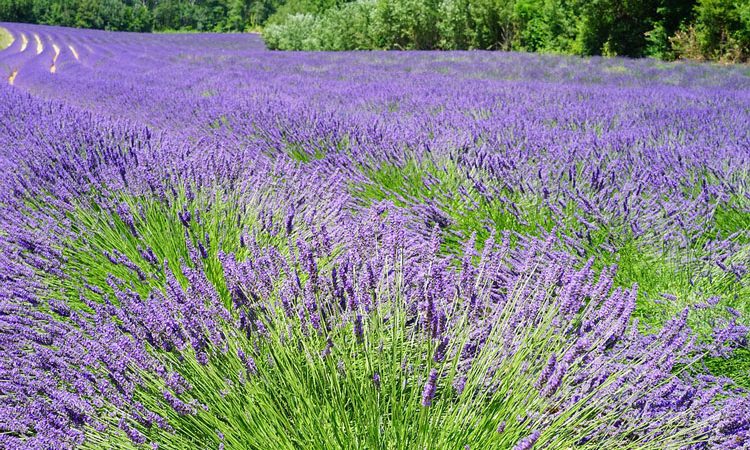
Herbs, in my opinion should be grown in every garden. Not requiring a lot of space or care, the benefits are immense. Think about various dishes that are made and you will find at least one herb flavouring it; potatoes and chives or lovage, tomatoes and basil, spaghetti sauce and oregano, and many more.
Herbs like other plants fall into various categories; annuals, tender perennials and hardy perennials. And, unlike what people may think, there are many plants that we use in our flowerbeds simply for their flowers, that are actually herbs. These include sweet cicely, beebalm, yarrow, purple coneflowers and others. Generally, they prefer full sun and fertile, well-drained soil.
The most widely used, culinary herbs are:
Basil – An annual that is easy to start from seed and is great in either the garden or pots. Different types of flavoured basils are available, but I like the regular, green-leaved variety. Pick the leaves regularily to flavour almost any tomato dish or slice very fine into a green salad dressing. Make sure to remove any flower heads, as this will stop any leaves from forming and the plant will go to seed.
Oregano – A hardy perennial that grows very close to the surface of the ground. Pick leaves regularily and remove any flowers that appear as well. Leaves can be dried or placed in the freezer for later use. Pink-purple flowers do appear and can look quite nice if allowed to bloom.
Thyme – Very low-growing, this plant loves the heat. Tiny leaves are formed to be used in many savoury dishes. Very small pink flowers appear, but should be removed if leaves are going to be harvested. Once the flowers appear, the leaves turn bitter.
Dill – Very fine, fern-like leaves are produced on this plant. Growing 2 to 3 feet tall, it is best placed near the back of the border. Leaves can be removed and used any time, and even after the flowers appear. The flowers resemble Queen Anne’s Lace in size and form, but are a strong yellow. If allowed to go to seed, the seeds too can be used in later months. As this is an annual, it does need to be planted every year.
Chives – A very hardy perennial that forms bulbs in the ground. This plant can be used in many ways, either the stems or flowers can be used to flavour dishes. It retains a 1 foot tall clump-like shape, but beware; if allowed to go to seed, it will appear with a vengance.
Not as widely used but certainly worth a spot, even ornamentally are:
Lovage – This perennial towers its 5 foot frame over all others and should be placed at the back of the garden. Its leaves are wonderful for soup stock and its stems can be used as straws for tomato drinks. If nothing else, this plant is great all on its own for its looks.
Sweet Cicely – Resembling ferns, the sharply flavoured leaves should be used sparingly. Once used as a licorice substitute, the leaves and seeds can be used in salads, creating a cool, refreshing flavour. It does grow large; up to four feet tall and three feet wide, place in a permanent location as it is difficult to move once established.
Mint – Ah, mint! So many varieties out there to choose from. With all the varieties though – I suggest either placing the plants in a sunken pot or where their invasive roots won’t bother other plants. Great in green teas or flavouring cool, summer salads, this plants cannot be over looked.
Whatever your pleasure, we couldn’t do without herbs, so why not try to grow your own and have them at your fingertips whenever you desire them.
Press Here!
Ground cover
Blubs
Perfect Garden
Whats in a name
Primrose
Seeds
Spring
Spring Planting
Variegated plants
Vines
Ferns
Unusual perennials
Blue Flowers
Containers
Cuttings
Glads
Herbs
Iris
Lilies
Roses
Rubeckia
Succulents
Email: Jennifer Moore

